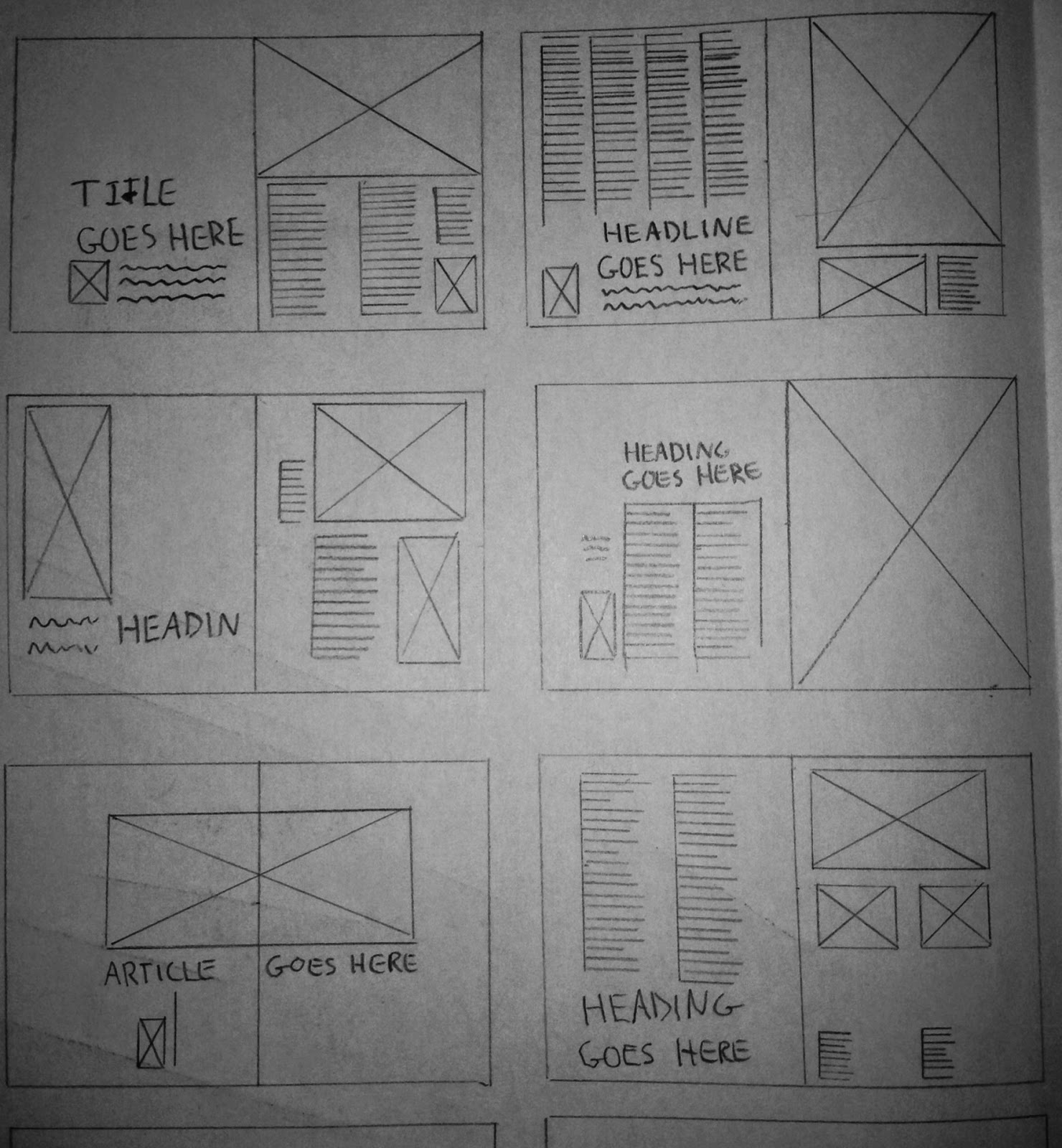High Fashion/Street Fashion
Because my magazine is aimed at a relatively young audience (16-25) and is aimed at the alternative scene, high fashion and street fashion would be the appropriate kind of style to implement within my magazine to appease my target audience. This type of fashion is also heavily associated with youth culture, which fits with my magazine perfectly.
Street style can trace its roots to Tokyo, London and NYC where street culture thrives. Street fashion is heavily brand orientated, with Stussy, Adidas, Supreme and Bape being among the most popular labels. Shops such as Urban Outfitters, Size? and Wellgosh are well known shops which are popular among the urban fashion scene as they sell the necessary brands.
Below is a list of some brands associated with street fashion:
Bape
Bape, short for 'A Bathing Ape' is a Japanese street wear founded in 1993 from Kyoto City. Since it's founding, the brand has been popular among youth culture and street fashion. Alternative artists such as Yung Lean and Kanye West are known to wear the brand.
Adidas
Adidas is a german sports wear brand. Arguably it is one of the most well known clothing brands in the world. Despite this, adidas remains popular within street culture and has almost become a staple.
Y-3
Y-3 is a collaboration effort between Japanese fashion designer Yohji Yamamoto and Adidas. It's essentially the high end fashion industry's answer to street style and is known for its avant-garde shoe design. With the release of it's Qasa shoe range, it's recently seen a surge in popularity with the street scene.
Comme des Garçons
Comme des Garçons (french for 'like the boys') is a Japanese fashion label founded in 1969. It's associated with high end fashion and is seen being on par with fashion labels such as Givenchy, Gucci and Yve Saint Lauren. However it's PLAY clothing line has become very popular with the street scene in recent years, with it's love heart logo being a popular symbol.
Supreme
Supreme is an American skateboarding clothing brand that was founded in NYC, 1994. It is well known for its bold logo and is particular popular for it's snapbacks and caps. It has collaborated with many other brands such as Comme des Garçons and Nike.
Stussy
Stussy is an American street-wear brand from Orange County in California. It was founded in 1983 and has since become a staple brand for street fashion. It's most popular for it's signature logo and t-shit designs.
 Norse Projects
Norse Projects
Norse Projects is Danish company from Copenhagen known for it's high quality and meticulously designed clothing. It was initially popular with the hipster scene however street fashion has recently adopted it into its style
High Fashion- Monotone // simplicity
A recent trend within high fashion is simplicity and monotone colour schemes. For my magazine, I will style my models in black and white coloured clothes to fit this trend. Below is a collage of style pictures associated with high fashion. As you can see, plain shirts, long overcoats and generally minimalistic clothing is what's most popular within high fashion at the moment. Because high fashion is easier to replicate, I will most likely be utilising this style within my magazine as opposed to just dressing my models in every street brand I can think of. The simplicity of high fashion also fits well with the way I plan to design my magazine (minimalistic & simplistic)


























 x
x






















